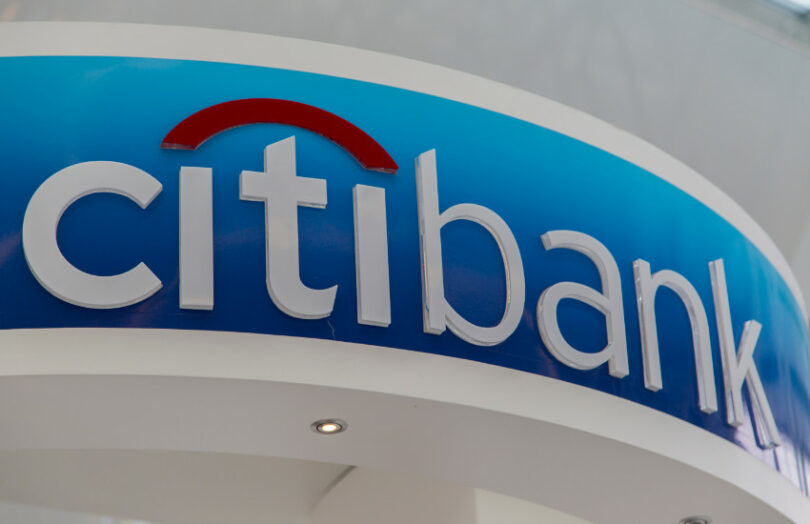During today’s Citi Digital Money Symposium, the bank unveiled its new Citi Integrated Digital Assets Platform (CIDAP) to serve the entire group. Citi is involved in various digital money and tokenization projects.
Altin Hoxha, the lead for the platform, said it aims to “enable fast adoption of innovation and innovation which is in compliance with all these regulatory regimes around the world.”
Last year Citi launched its tokenized deposit solution, Citi Token Services, with a cash solution for corporate treasury management and a trade solution. The cash side is live in the US and Singapore, enabling corporates to move money 24/7. On the trade side, it is piloting tokenized guarantees with Maersk.
Regarding interbank tokenized deposit payments, Citi’s Tony Mclaughlin first floated the idea of the Regulated Liability Network (RLN). It is currently being trialed in the UK and US, although its name has evolved to the Regulated Settlement Network (RSN) in the US.
That’s just the cash side. The need for a platform solution becomes clearer when you start to see the range of initiatives in which Citi is involved.
Citi was one of the earlier providers of digital asset custody when in 2021 it started supporting BondbloX, the Singapore tokenized fractional bond solution. Also in Singapore, the bank is experimenting with public blockchain for FX Swaps as part of Project Guardian.
Using similar technology, in February it revealed it was involved in a proof of concept for the tokenization of private funds together with Wellington Management, WisdomTree, ABN Amro and DTCC Digital Assets.
On the institutional front, it is a backer of the DLT collateral mobility network HQLAᵡ. Last year it integrated with Synapse, the smart contract platform used to settle securities between Hong Kong and China. Plus, it went live on Versana, the smart contract solution for syndicated loans.
The CIDAP platform
While the CIDAP platform is underpinned by internal blockchain network(s), it is designed to integrate with external DLTs and other solutions. The multi-layered platform has platform services to support off-chain processing and an administrative user interface for configuration.
Although Citi uses the permissioned version of Ethereum’s Hyperledger Besu, Mr Hoxha emphasized that the aim is to be tech agnostic so it can support Ethereum and non-Ethereum blockchains. As a Besu user, Citi recently joined Hyperledger’s financial services working group.






